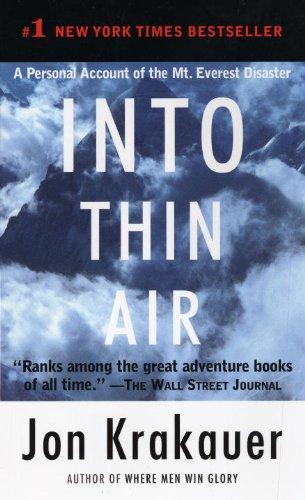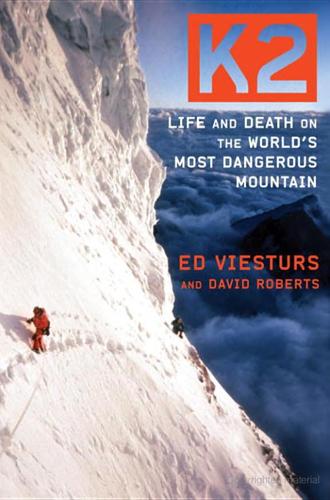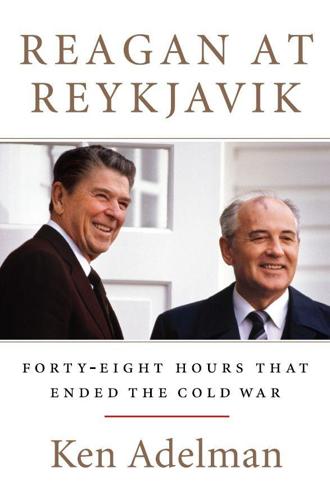
Into Thin Air: A Personal Account of the Mt. Everest Disaster
by
Jon Krakauer
Published 25 Aug 2009
Chen’s death cast a pall over the mountain as rumors of the accident spread from tent to tent, but thirty-three climbers would be departing for the summit in a few short hours, and the gloom was quickly banished by nervous anticipation of what lay ahead. Most of us were simply wrapped too tightly in the grip of summit fever to engage in thoughtful reflection about the death of someone in our midst. There would be plenty of time for reflection later, we assumed, after we all had summitted and got back down. * Bromet had left Base Camp in mid-April and returned to Seattle, whence she continued to file Internet dispatches about Fischer’s expedition for Outside Online; she relied on regular phone updates from Fischer as the primary source for her reports.
…
Unfortunately, the sort of individual who is programmed to ignore personal distress and keep pushing for the top is frequently programmed to disregard signs of grave and imminent danger as well. This forms the nub of a dilemma that every Everest climber eventually comes up against: in order to succeed you must be exceedingly driven, but if you’re too driven you’re likely to die. Above 26,000 feet, moreover, the line between appropriate zeal and reckless summit fever becomes grievously thin. Thus the slopes of Everest are littered with corpses. Taske, Hutchison, Kasischke, and Fischbeck had each spent as much as $70,000 and endured weeks of agony to be granted this one shot at the summit. All were ambitious men, unaccustomed to losing and even less to quitting.
…
.* By midafternoon, still more than a thousand vertical feet below the top, they were engulfed by the same storm clouds that we encountered on the other side of the mountain. Three members of the team threw in the towel and went down at around 2:00 P.M., but Smanla, Paljor, and Morup pushed onward despite the deteriorating weather. “They were overcome by summit fever,” explained Harbhajan Singh, one of the three who turned around. The other three reached what they believed to be the summit at 4:00 P.M., by which time the clouds had become so thick that visibility was reduced to no more than 100 feet. They radioed their Base Camp on the Rongbuk Glacier to say they were on top, whereupon the leader of the expedition, Mohindor Singh, placed a satellite-telephone call to New Delhi and proudly reported the triumph to Prime Minister Narashima Rao.

K2: Life and Death on the World's Most Dangerous Mountain
by
Ed Viesturs
and
David Roberts
Published 13 Oct 2009
On our own summit day, Scott and I got moving from Camp IV at 1:30 A.M. Charley, who started a little later, caught up with us, having followed the tracks we’d kicked in the deep snow. I had resolved that if we didn’t summit by 2:00 P.M., I’d turn around. As it was, we topped out at noon. In August 2008, I suspect, summit fever took over in the traffic jam. All those climbers were piled together. They were slow together, and they were late together, and that probably rationalized their decision to continue toward the summit together, so late that the sun would be setting as they topped out. Only a few of them thought better of it and turned around.
…
According to Men’s Journal: Though he doesn’t speak English, [Zerain] claims he tried to tell the others that it was getting too late to continue. “As I descended,” he explains, “everyone stopped to ask me how far it was to the summit. Did I tell the people to turn around? No, you can’t. There are a lot of people, and they are all going up together. It’s the majority against you.” (There’s a succinct definition of summit fever!) Some of the climbers that day may well have pondered turning around. But one of the more experienced, the Italian Marco Confortola, tried to rally them onward. “I started shouting,” he later told reporters. “I told them that the first person to reach the summit of K2 [in 1954] did it at 6:00 P.M., so let’s move!”
…
To be sure, a lot of mistakes were made on K2 in August 2008. Too late a start by too many climbers from Camp IV; too many people on the route at the same time, climbing too slowly, which created the traffic jam; the further delay when the team leaders insisted that the fixed ropes in the Bottleneck had to be repositioned; summit fever, which kept so many from turning back short of the summit; too late an hour when all but Zerain topped out; the panic that set in after the serac collapse in the night. The initial media coverage, however, made it sound as though the collapse of the Motivator was the direct and sole cause of the tragedy, almost like an act of God.

The Antidote: Happiness for People Who Can't Stand Positive Thinking
by
Oliver Burkeman
Published 1 Jul 2012
But Beck Weathers, a paying client that year who was twice left for dead on the mountain – he lost his nose and several fingers to frostbite, having dragged himself back to camp – testified to the plausibility of the notion. ‘You can overpursue goals,’ he reflected afterwards. ‘You can become obsessed with goals.’ Mountaineers, of course, do not speak in the corporate language of targets and goalsetting. But when they refer to ‘summit fever’ – that strange, sometimes fatal magnetism that certain peaks seem to exert upon the minds of climbers – they are intuitively identifying something similar: a commitment to a goal that, like sirens luring sailors onto the rocks, destroys those who struggle too hard to achieve it. Ed Viesturs, who watched the 1996 tragedy through his telescope, spoke of this lure in vivid terms.

Reagan at Reykjavik: Forty-Eight Hours That Ended the Cold War
by
Ken Adelman
Published 5 May 2014
(Ronald Reagan Library) When Reagan left the room to return to the sudden-death overtime session Sunday afternoon, we all called out, “Good luck, Mr. President.” A moment later he was back, wanting to ask each of us there—(clockwise from Reagan) Poindexter, the author, Richard Perle (back of his head), Shultz, NSC staffer Bob Linhard, and Don Regan—to make absolutely sure that we hadn’t succumbed to summit fever, but were doing right by America. (Ronald Reagan Library) Reagan and Gorbachev squaring off in the Hofdi House hallway on what Reagan called “one of the longest, most disappointing—and ultimately angriest—days of my presidency.” Outside, they had one final exchange, but its content remains uncertain.